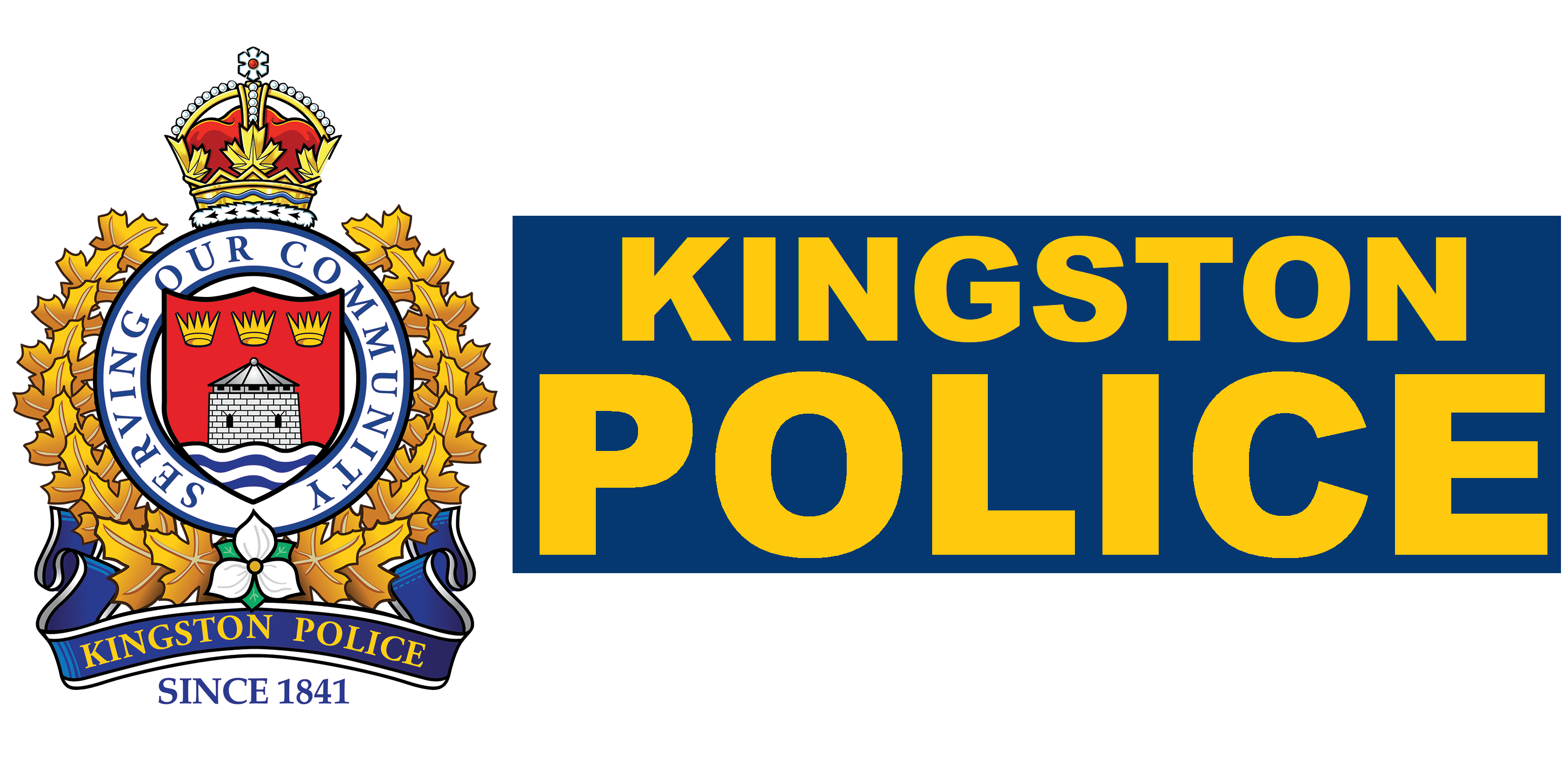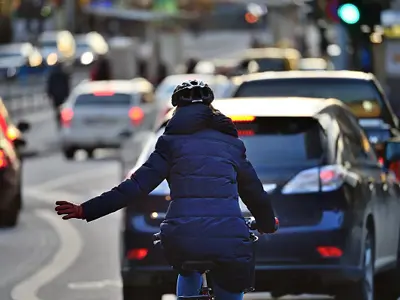Motorcycling and Cycling Safety
Motorcyclists and cyclists have the same rights and duties as motorists. Drivers often fail to see them due to their smaller size. When you are motorcycling or cycling you must be extra cautious and ensure that other motorists see you.
Motorcycling safety tips
Some general safety tips motorcyclists should practice include:
- Wearing an approved helmet and suitable protective gear
- Riding predictably and defensively
- Ensuring that your motorcycle is in good working order and inspect your lights, brakes, tires, etc.
If you’re a new rider, consider taking a safety course approved by the Ministry of Transportation.
Group riding safety tips
If you have regular club rides with large groups of riders, you should consider the following safety tips:
- Keeping a safe and proper following distance between motorcycles
- Riding in a staggered formation
- Not passing within the lane
- Having a few basic hand signals to let other riders know when to slow down or if there are any debris on the road.
It helps to divide a large group of riders into several smaller groups and give them staggered times to meet up the same destination. This will be less intimidating to novice riders and safer for everyone else on the road. Visit the Ontario Ministry of Transportation for more information on motorcycling safety.
Cycling safely
As a cyclist, you must follow the rules of the road. The Ontario Highway Traffic Act requires that you:
- Stop at all stop signs and red lights
- Use proper hand signals for lane changes, turns and stops
- Ride on the right side of the road
- Ride only in the designated direction on one-way streets
- Share the road
- Use lights when riding at night
- Have a bell or horn on your bike
- Wear a helmet, which is required if you’re under 18 years old
- Don’t ride on the sidewalk
Cycling safety tips
When cycling, you should always:
- Ride predictably and defensively and give pedestrians the right-of-way.
- Ride in a straight line at least one metre from the curb or any parked cars (You may occupy any part of a lane for your safety).
- Make eye contact with drivers to assert your place on the road and to ensure that they see you.
- Be aware of your surroundings, know what is behind you and watch out for what is in front of you.
- Make sure your brakes are in good condition and be aware of how weather and road conditions affect your ability to brake.
Visit the Ontario Ministry of Transportation for more information on cycling safety.
Make your presence felt
Wear bright-coloured clothing so that motorists can see you. At night or in bad weather, use reflective lights on the front, side and rear of your bike so that you’re visible from all directions.
Use a proper helmet
If you’re cycling and you’re under 18 years of age, you must wear an approved helmet. Helmets are not required for adults over 18 years of age, but helmets reduce the risk of death if you fall or have a collision. Always replace your helmet every five years even if there is no damage.
Buying the right helmet
Make sure that you buy an approved helmet that:
- Fits properly and not move around when you move your head
- Sits at least two fingers above your eyebrows on your forehead
- Fits securely with no more than two fingers space in between your chin and the strap
Never wear a hat under your helmet. You can buy helmets with visors and you can always wear sunglasses.
Pathways riding tips
When cycling on a pathway, make sure to:
- Keep to the right
- Pass only when safe and shoulder-check to see if the way is clear
- Keep under the courtesy limit of 20 km/h (please use the road if you want to go faster)
- Use your bell or voice to warn others when you pass
- Pull off the pathway when you stop


